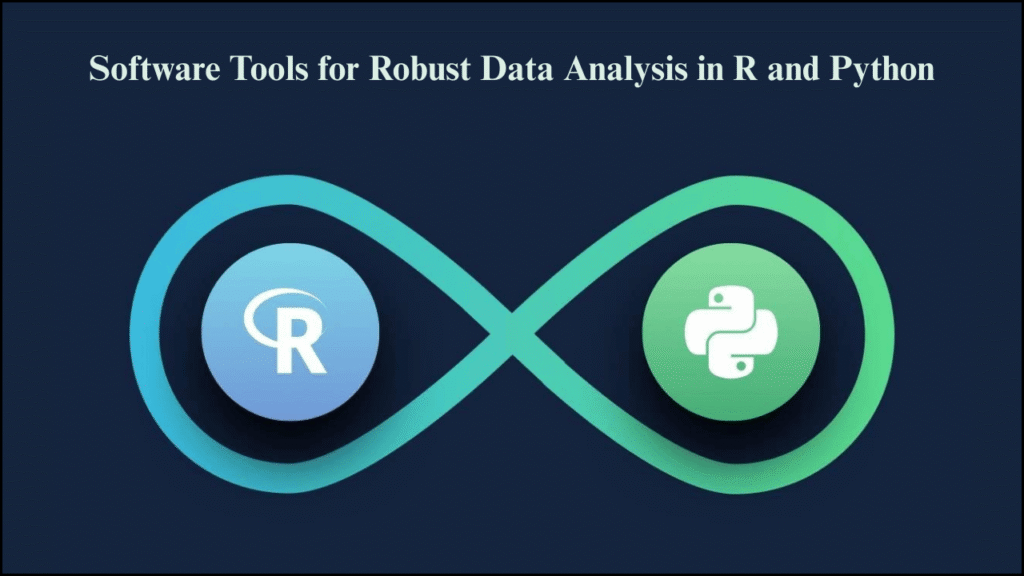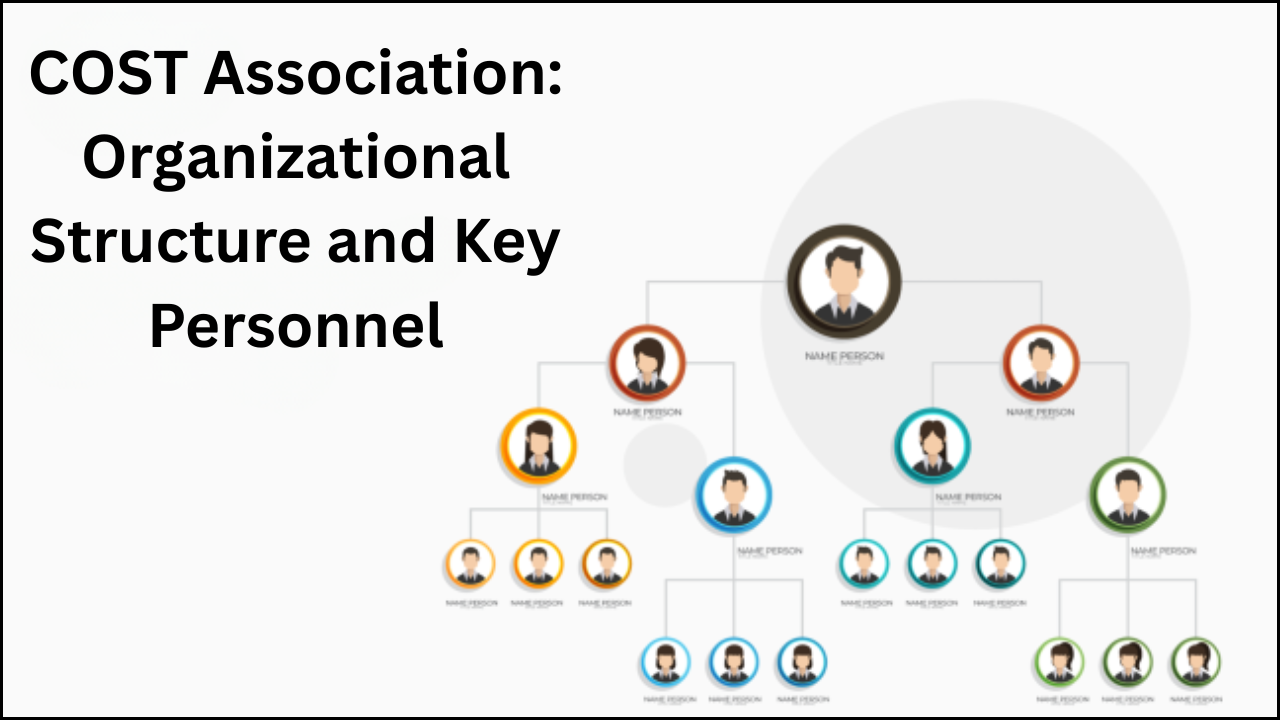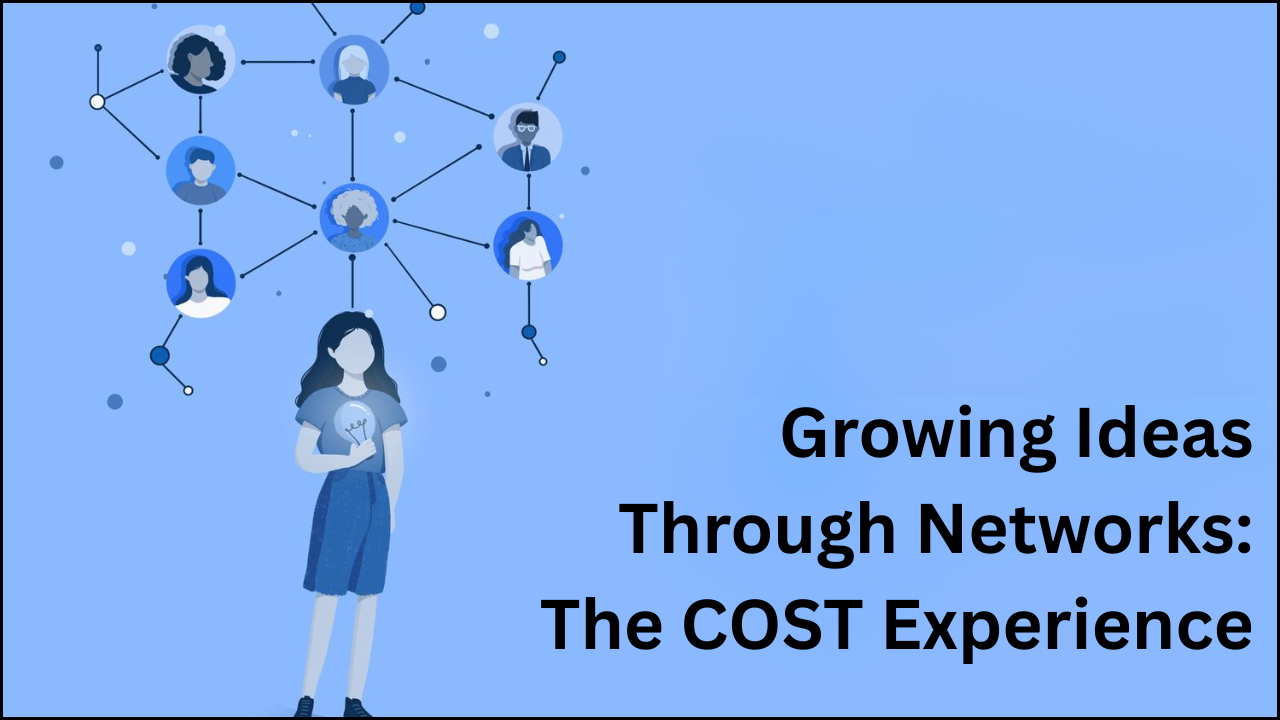
Data analysis has become a cornerstone of research, business, and technology decision-making. The demand for precise, efficient, and reproducible data processing has led to the development of numerous software tools, especially in languages like R and Python. Both programming environments offer a wide range of packages and frameworks designed to handle data cleaning, visualization, statistical modeling, machine learning, and reproducibility. Understanding these tools enables analysts, researchers, and developers to perform robust data analysis while minimizing errors and improving interpretability.
Table of Contents
R Tools for Data Analysis
R has a long-standing reputation in statistical computing and is widely used in academia, research, and industries that require advanced analytics. The R ecosystem provides extensive libraries and packages that facilitate robust data analysis.
- Tidyverse: A collection of R packages that simplify data manipulation, exploration, and visualization. Core packages include
dplyrdata manipulation, ggplot2 plotting, andtidyrreshaping data. - data.table: An efficient package for handling large datasets, providing fast aggregation, filtering, and sorting capabilities.
- caret: Stands for Classification And Regression Training, widely used for building machine learning models, performing feature selection, and model evaluation.
- shiny: Enables interactive web-based dashboards for visualizing and exploring datasets dynamically.
- lubridate: Simplifies working with date-time data, making time-series analysis more straightforward.
- forecast: Specialized in time-series forecasting using methods such as ARIMA, exponential smoothing, and others.
- ggplot2 extensions: Packages like
plotlyorgganimateEnhance visualization by adding interactivity or animation.
Python Tools for Data Analysis
Python is highly favored for its flexibility, integration with other systems, and growing ecosystem of data science libraries. Python supports both statistical computing and advanced machine learning pipelines.
- pandas: Essential for data manipulation and analysis, offering data frames and series for structured data.
- NumPy: Provides high-performance multidimensional arrays and mathematical functions.
- SciPy: Expands Python’s capabilities with statistical functions, linear algebra, and optimization routines.
- scikit-learn: Offers comprehensive machine learning tools for classification, regression, clustering, and dimensionality reduction.
- Matplotlib and Seaborn: Core visualization libraries for static and aesthetically enhanced plots.
- Plotly and Dash: Tools for creating interactive and web-based visualizations and dashboards.
- statsmodels: Specialized for statistical modeling, including linear and generalized linear models, hypothesis testing, and time-series analysis.
Comparison of R and Python Tools for Data Analysis
The choice between R and Python often depends on the specific data analysis requirements, dataset size, and user preference. The following table provides a comparison of their key features:
| Feature | R | Python |
|---|---|---|
| Ease of Learning | Beginner-friendly for statistical methods | Beginner-friendly for general programming |
| Data Manipulation | dplyr, data.table | pandas, NumPy |
| Visualization | ggplot2, lattice | Matplotlib, Seaborn, Plotly |
| Machine Learning | caret, mlr | scikit-learn, XGBoost, LightGBM |
| Time-Series Analysis | forecast, xts | statsmodels, Prophet |
| Interactivity/Dashboards | shiny | Dash, Streamlit |
| Community Support | Strong in statistics and academia | Strong in industry and general data science |
| Performance with Large Data | Moderate (better with data.table) | High (NumPy and Dask improve scalability) |
Robust Data Analysis Techniques Using R and Python
Robust data analysis emphasizes accuracy, reproducibility, and error minimization. Both R and Python provide methods to strengthen reliability in results:
- Data Cleaning: Handling missing values, duplicates, and inconsistent formats using
tidyrin R orpandasin Python. - Outlier Detection: Identifying anomalies using statistical methods (
boxplot.statsin R orz-scorein Python). - Feature Engineering: Creating new features to improve model performance using
mutatein R or custom Python functions. - Model Validation: Ensuring model robustness through cross-validation, train-test splits, and bootstrapping.
- Reproducibility: Using R Markdown or Jupyter Notebooks for documentation and reproducible workflows.
- Automation: Scripting repetitive tasks in R or Python to reduce manual errors and maintain consistency.
Integration of R and Python
Data analysts increasingly leverage the strengths of both languages by integrating them:
- R with reticulate: The
reticulatepackage allows calling Python functions and importing Python libraries directly in R. - Python with rpy2: Enables Python users to access R packages and functions for advanced statistical computing.
- Hybrid Workflows: Analysts can clean data in Python for performance, perform statistical modeling in R, and visualize outputs interactively in either language.
Performance Optimization in Large Datasets
Handling large datasets requires efficient memory usage and processing speed:
- R Optimization: Use
data.tablefor high-speed operations, parallel computing viaparallelorforeach, and memory-efficient data formats likefeatherorfst. - Python Optimization: Employ
NumPyarrays,Daskfor distributed computing, and vectorized operations to reduce computational overhead.
Visualization Best Practices
Visualizations enhance the understanding and communication of results:
- R Visualization:
ggplot2provides layered grammar for constructing detailed and customizable plots.plotlyadds interactivity toggplot2visuals.shinyDashboards allow dynamic user input.
- Python Visualization:
Matplotliboffers complete control over figure aesthetics.Seabornsimplifies statistical plots with built-in themes.PlotlyandDashfacilitate interactive web-based graphics.
Reproducibility and Collaboration
Reproducibility ensures others can validate and extend analytical work:
- R Tools:
R Markdowncombines code, output, and narrative.packratorrenvensures package version control for consistent environments.
- Python Tools:
Jupyter NotebookorJupyterLabintegrates code, visualizations, and markdown.virtualenvorcondaenvironments manage dependencies.
Moving Forward
Software tools for robust data analysis in R and Python provide a foundation for accurate, efficient, and reproducible insights. R excels in statistical modeling and visualization, while Python offers versatility and scalability for large datasets and machine learning. Integrating both languages and applying best practices in data cleaning, visualization, and reproducibility strengthens analytical workflows. Analysts equipped with these tools can confidently handle complex datasets, generate actionable insights, and support data-driven decision-making across industries.





